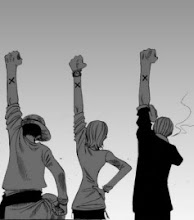Drama in the early middle ages are small groups of traveling performers-- minstrels, jugglers, acrobats, bards, mimes, puppeteers -- went from town to town entertaining.
They performed in taverns and at festivals for the commoners and at court for the nobility
Festivals usually contained both pagan and Christian elements ( e.g. Halloween and Christmas celebrations )
Earliest extant drama from the middle ages: A four-line dramatization of the resurrection, with direction for its performance.
Comes from an Easter trope (interpolation into existing text, originally lengthened musical passages with words eventually added). – 925 A.D.
By 975, it had become a little drama within the service, probably played by altar boys.
The practice blossomed – many playlets developed dealing with biblical themes—mostly Easter, Christmas, the 12th Night (Feast of the Epiphany).
Usually serious, but at the Feast of Fools and the Feast of the Boy Bishops, much dancing and foolishness and parodies of church practices.
At first, the church had control of the drama outside of the church, but then it gradually became more controlled by secular groups.
The Guilds (tradesmen or Confraternities) took over in some cities, and it was common for certain Guilds to retain control over certain plays / stories, all of which were based in some way on the Bible or religious teachings.
For instance, the Bakers’ Guild would control the play about the Last Supper, and Shipwrights’ Guild would get plays about Noah, etc.
Municipalities took over in some cities. But the church still needed to approve the scripts, even when its role diminished.
Monday, May 3, 2010
Subscribe to:
Post Comments (Atom)


No comments:
Post a Comment